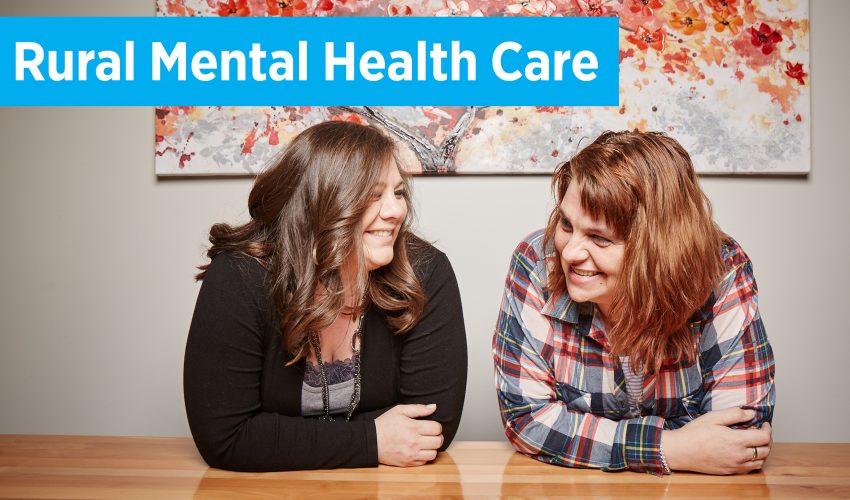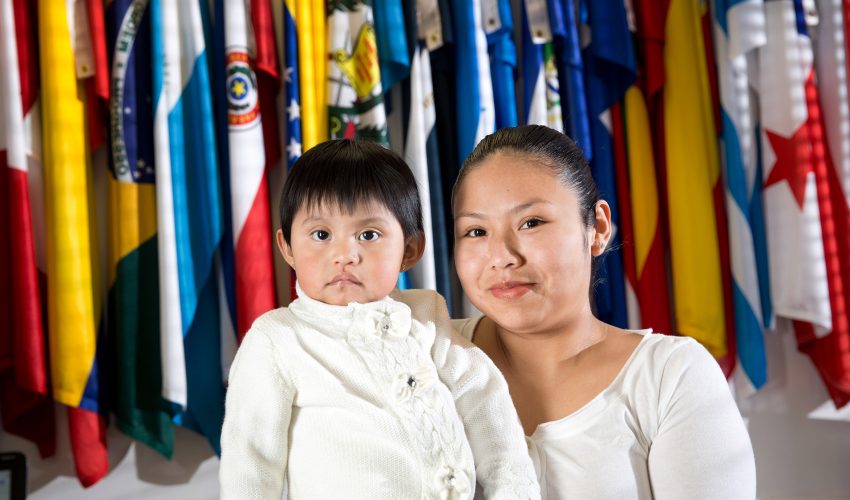A little boy in Kingsport develops asthma and has trouble keeping up with his friends on the playground.
A middleaged woman in Clarksville has a stroke that affects her ability to speak.
A teenager in Memphis struggling with his weight is diagnosed with diabetes.
Every one of them needs medical attention. The first priority is to be sure they can get that care.
But suppose they were better able to take preventive steps, and never reached that critical point.
“We all want health care to be there when we need it, but we don’t really want to have to use it,” says Tennessee Department of Health (DOH) Commissioner Dr. John Dreyzehner.
“Access to health care is critical some of the time. Health is critical all of the time.”
So the State Health Plan put out by the DOH makes prevention a priority.
That means removing obstacles that keep people from achieving their optimal health.

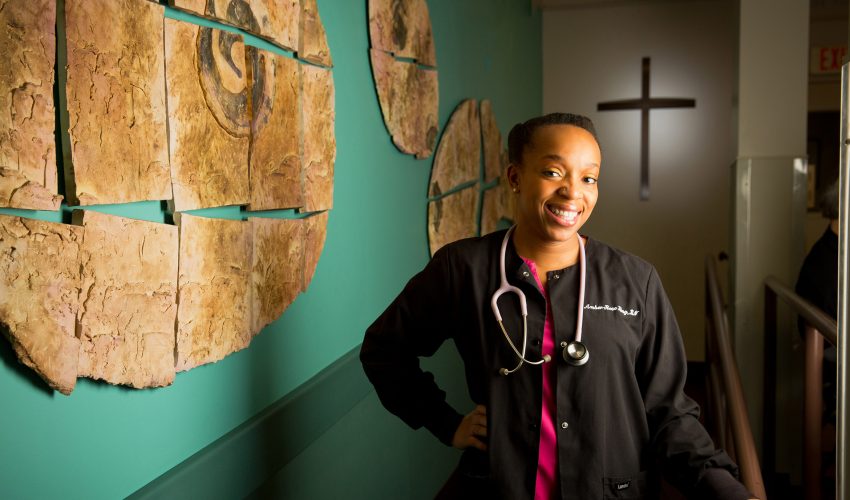
The greatest threat to general health in the U.S. doesn’t come from an outbreak of infectious disease or the lack of medical solutions.
Our own behaviors — poor diet, lack of physical activity, smoking and substance abuse — are killing us.Sometimes people make bad choices and have no path to recovery.
Sometimes there are no real choices (a child exposed to narcotics or cigarettes in the home).
Health may suffer because people have limited options for care — or don’t know how to use the ones they do have.
“Access to optimal health takes place in a context,” says Dr. Dreyzehner.
“People need healthy choices and a way to develop healthy default behaviors so that it is easy for them to get physically active or eat right. We can’t just hope it will happen — we must be deliberate in creating the conditions that support health in our communities.”
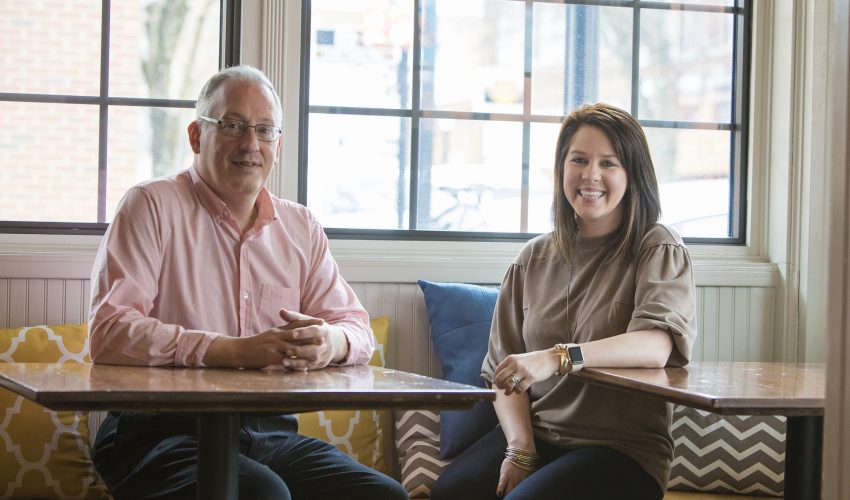
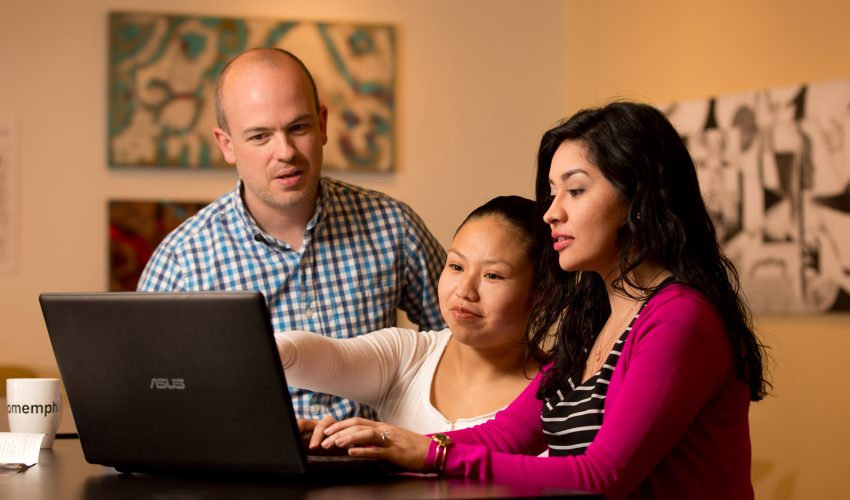
Affordability, geography and cultural barriers
Affordability, geography and culture all play a role in chronic illnesses such as diabetes, heart disease and hypertension.Someone who lives many miles away from a health care provider, and will lose a day’s pay by making an appointment, probably won’t schedule one and so won’t get the wellness advice they need.
A family in a low-income, high-crime neighborhood may not have a safe place to get out and play or exercise, so they don’t.
A newly arrived immigrant who doesn’t speak English well will have a tougher path to higher education and job success — both of which are linked to healthier lives — so she doesn’t pursue either.
Organizations across the state that treat the underserved help knock down some of these obstacles to better health.
Like the health care industry and the state of Tennessee, nonprofits now pay attention to prevention.
With concerted state and local efforts, progress has been made, but there’s still a lot to accomplish.
“We have to change our culture and move to a culture of health,” says Dr. Dreyzehner.
“We moved up a couple of notches recently, but Tennessee has been in the bottom 10 of national health rankings for the past 25 years.
“Our vision at the Department of Health is to accelerate Tennessee’s standing to be one of the 10 healthiest states in the country.
“That’s aspirational, to be sure, but we believe it is doable.”
Read more about how Tennessee is making progress:


